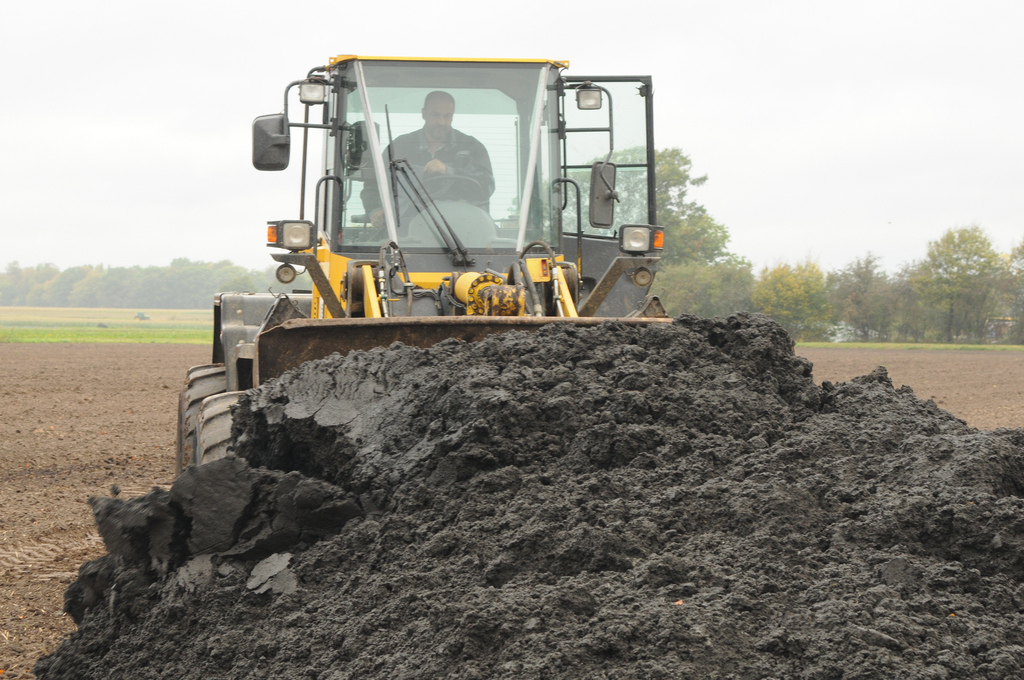
This summer, the world’s largest working advanced sludge digestion plant opened in Manchester, UK and it showed that the power-hungry process of treating waste can be self-sufficient in terms of energy use. The Davyhulme facility handles the sewage of 1.2 million people and it can actually export surplus power to the U.K. grid.
The plant uses thermal hydrolysis technology to turn a problem waste stream into clean energy. It cuts fossil-fuel consumption, greenhouse-gas emissions and produces a sludge made into free fertilizer for farmers.
The sewage-treatment process is known as activated sludge. The sludge gets thickened in a centrifuge, fed into silos, and then pumped further into a pulper for mixing and heating. Then thermal hydrolysis follows in the reactor for at least 30 minutes as the high temperature and pressure ensure no bugs survive. Basically the treatment works like a pressure cooker that destroys harmful bacteria and yields a more digestible stock capable of generating 50-60% more biogas
Enough heat is recycled from the plant’s engines that the plant’s steam boilers rarely need to be fired up to heat the reaction vessels. That means almost all the gas produced is used for generating electricity.
The new advanced digestion facility is expected to cut operating costs about 45 percent and makes the power-consuming process of sewage treatment virtually energy self- sufficient.
By producing energy for the UK grid and providing high-quality fertilizer for farmers, this sewage treatment plant is able to convert sludge into what the engineers are calling the new black gold.
**********
.
Web Links
U.K. Sludge Treatment Site Turns Waste Into ‘Black Gold’
Photo, posted October 11, 2011, courtesy of Susana Secretariat via Flickr.
.
Earth Wise is a production of WAMC Northeast Public Radio.